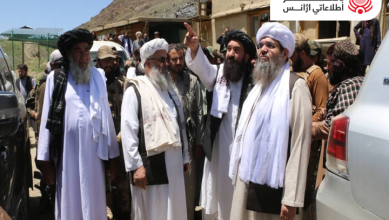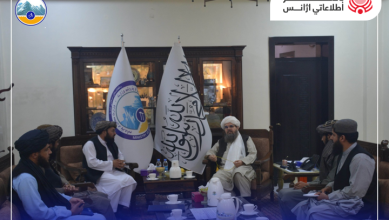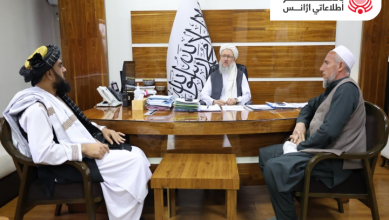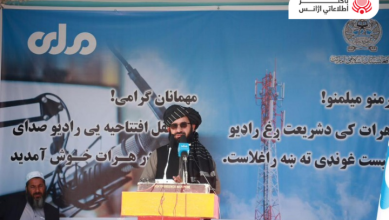
Wednesday, March 28, 2018
Kabul (BNA) International Theatre Institute (ITI) was formed in 1948, when the United Nations Educational, Scientific and Cultural Organization (UNESCO) joined with world-renowned theatre experts to form an international non-governmental organization in the field of the performing arts.
The mission of ITI is to “promote international exchange of knowledge and practice in theatre arts in order to consolidate peace and friendship among peoples, to deepen mutual understanding and to increase creative cooperation among all people in the theatre arts.”
Today, ITI consists of approximately 90 Centers worldwide. An ITI Center is made up of professionals active in the theatre life of a country and representative of all branches of the performing arts.
World Theatre Day was initiated in 1961 by the International Theatre Institute ITI. It is celebrated annually on the 27th March by ITI Centers and the international theatre community. Various national and international theatre events are organized to mark this occasion.
One of the most important of these is the circulation of the World Theatre Day Message through which at the invitation of ITI, a figure of world stature shares his or her reflections on the theme of Theatre and a Culture of Peace. The first World Theatre Day Message was written by Jean Cocteau in 1962.
Ever since, each year on the 27th March (date of the opening of the 1962 “Theatre of Nations” season in Paris), World Theatre Day has been celebrated in many and varied ways by ITI Centers – of which there are now more than 90 centers throughout the world. Moreover theatres, theatre professionals, theatre lovers, theatre universities, academies and schools celebrate it as well.
But, in Afghanistan, theater has particular position among the people. As in many early societies, proto-theatrical activity in Afghanistan took the form of storytelling, recounting heroic episodes from the past, events in the daily life of the community or the daily rituals of the region.
From the late 19th Century onwards European colonial settlers organized performances of western plays and musicals, primarily for their own amusement.
But the development of theatre as an Afghan art form may be traced back to the court sponsorship of King Amanullah Khan (1919-1929), who staged performances of European classics. Only in Kabul was this new form of theatre known.
After he was deposed (perhaps because of his efforts to modernize the country) the western style of theatre was not seriously supported until the 1950s when King Zahir (b. 1933) began to introduce political reforms and tolerance.
It was during this period that the Turkish theatre practitioner Farukh Afandi arrived and taught various theatrical techniques. The first people to create homegrown Afghan plays were directors Rashid Latif, Jalia, Muqadas Negah and Behsed (who still lives in Mazar e Sharif).
In 1973, the Afghan Nendari Theatre was established in Kabul, equipped with a large structure and endowed with many artists. It started performing after Afghanistan went through the first political changes the Communist period. After the Communist regime took over in 1978, many theatre artists moved abroad. In 1993, when the civil war started among factions of the Mujjaheddin, the Kabul Theaters building (Afghan Nendari) was destroyed and artists were displaced everywhere. When the Taliban came to power in 1995, theatre in Afghanistan was forced to go into a deep sleep for a long time. Only the Kabul University, Faculty of Fine Arts had theatre activities such as teaching and performing, using ingenious measures to survive those years.
Some other theatres, such as the Exile Theatre and Afghanis, continued their activities in exile, mostly facing difficult conditions. When the Taliban regime was overwhelmed and the interim administration was established, theatre, like other aspects of life, revived in Afghanistan.
The Ministry of Information and Culture paid attention to the theatre scene and the first performances took place in the ruins of the Kabul Theatre before hundreds of people sitting on broken and burnt chairs. Most artists returned to Afghanistan and for example the Kabul Theatre and the Mobile Mini Circus for Children started performing in the provinces after long time. Meanwhile individual theatre activities re-started in the provinces themselves and independent theatres came into existence.
Lialuma-Noori




